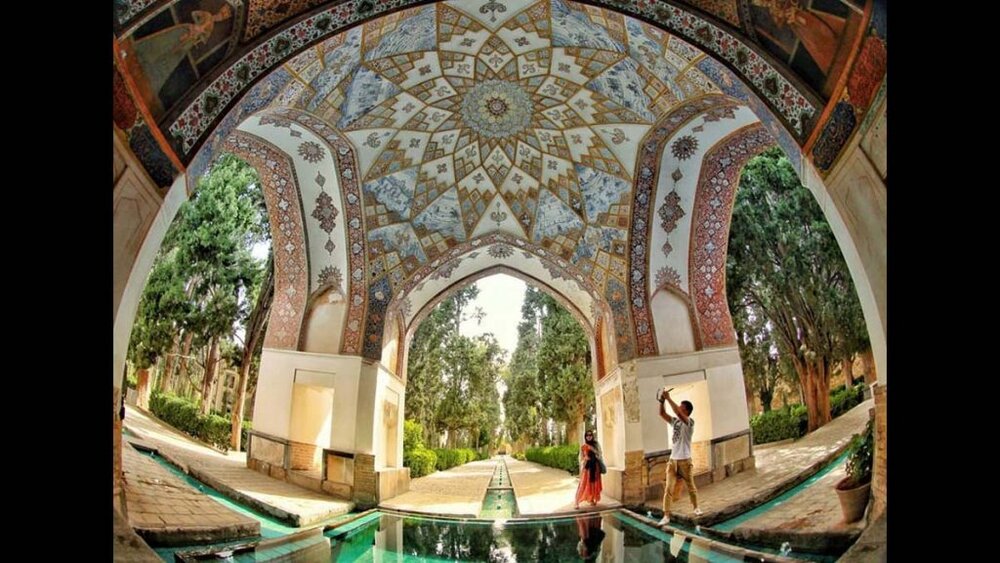UNESCO-registered garden, other properties demarcated in Isfahan

TEHRAN – The UNESCO-recognized Bagh-e Fin, a Persian garden, along with 16 other properties across Isfahan province, have recently been demarcated, IRNA reported on Saturday.
Tahami Mansion, Shah Mansuri Caravanserai, and Shahreza Jameh Mosque were amongst the historical sites and aging monuments whose legal boundaries recently determined, the report added.
The demarcation projects aimed at better preservation, protection, and maintenance of the historical monuments as well as preventing illegal constructions within their boundaries.
Situated in Kashan, Bagh-e Fin together with eight others across the country have been inscribed on the UNESCO World Heritage list under the title of “The Persian Garden.”
The genuine concept of the Persian Garden that is deeply rooted in time interweaves natural elements with manmade components to embody an idea of creating a paradise on Earth by the means of artistic, philosophical, figurative, and religious notions.
The history of Bagh-e Fin in its current shape dates back to the time of Shah Abbas I who was the 5th Safavid king of Iran and reigned from 1588 to 1629. However, some sources say the original premises date far back in time.
Since the oasis city of Kashan lies adjacent to the central Iranian desert, water is scarce, however, inside the garden, water superabundantly flows through a series of turquoise-colored pools and fountains.
The elevated cedars inside the garden that are up to 500 years old contribute to the scenic landscape while the profusion of orange trees permeate pleasant fragrance when the trees are in blossom.
The garden also embraces several historic structures such as a two-story edifice that was once used to be as the lodging for the royal establishment. On one side of the garden is a bathhouse complex, famous as the place where Iranian nationalist hero Amir Kabir was murdered.
The UNESCO website asserts that the flawless design of the Persian Garden, along with its ability to respond to extreme climatic conditions, is the result of an inspired and intelligent application of different fields of knowledge, i.e. technology, water management and engineering, architecture, botany, and agriculture.
ABU/AFM
Leave a Comment